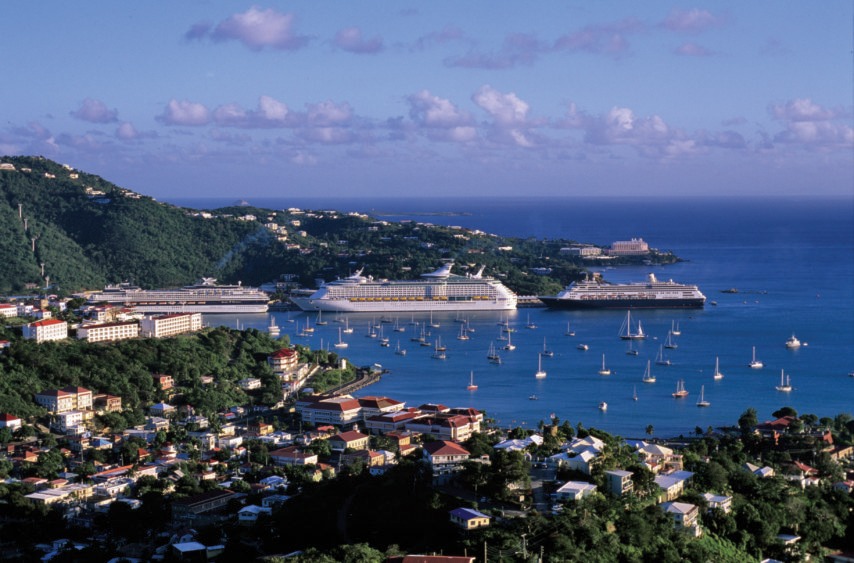
The Unique Wines and Vineyards of the Canary Islands
The Canary Islands are a favorite vacation destination and cruise ships regularly head there. Yet not many visitors know that this sun-kissed archipelago with its beautiful beaches, volcanic landscapes, and busy bars, 60 miles west of the coast of Morocco, is also a haven for wine lovers.
Wines of the Canary Islands
Wine has been made in the Canaries since the 15th century, when Europeans conquered the islands. For many years after, British merchant and Royal Navy ships carried sweet, fortified Canary wine to mainland Europe, the Americas, Asia, and Australia. Millions of gallons of sack or malmsey, as it was called, were exported to the UK each year during the 16th and 17th centuries and enjoyed by royalty, aristocrats, and writers, including Shakespeare.
As desire for French and Portuguese wines began to grow in the 18th century, demand for Canary wine declined and most of the islands’ industry collapsed. Now, with interest growing in more unusual, fresh, and savory styles, the islands’ vineyards offer something new for the modern wine lover. They are completely different from anywhere else on Earth and none moreso than those found on the moon-like island of Lanzarote.
Literally Erupting onto the Wine Scene
Lanzarote is the oldest and the furthest northeast of the seven major Canary Islands. It is thought to owe its name to a Genoese sailor, Lancellotto Malocello, who arrived there in the 14th century.
In 1730, a series of volcanic eruptions began which lasted six years. They destroyed the crop-producing central plains and created the lunar landscape we see today. Around one third of the island (77 square miles) became covered with lava and ash, called picón.
Despite this devastation, the volcanic debris was found to have special properties. It proved particularly good for growing wine grapes.
Harsh climate, ingenious solutions
Lanzarote has a subtropical, semi-arid climate. There is very little rainfall and no bodies of fresh water either. However, moist Atlantic trade winds (alisios) blowing in from the northeast keep humidity levels on the island high, except during the occasional calima, a hot, dry wind blowing over from the Sahara. The nutrient-rich picón is great at absorbing this scarce moisture, so can feed growing vines in otherwise impossible conditions. Consequently, the islanders devised ingenious methods of viticulture, which remain to this day.
Many vines are planted in the center of crater-like pits called hoyos. These are dug deep into the soil, past the thick layers of picón and solidified volcanic lava. The hoyos are surrounded by semi-circular stone walls called socos. These protect the vines from wind and daytime heat while trapping humidity.
Alternatively, some growers use zanjas — rows of vines dug in trenches, protected by long stone walls — and some vines are planted in chabocos, naturally occurring volcanic fissures in the lava.
Native Grapes
There are five native grapes on the island. The main one is malvasía volcánica, typically making white wines with tropical and citrus fruit notes; mineral, saline freshness; and bright acidity. Diego also produces wines with high….
EXCERPT ONLY. CLICK TO READ THE FULL ARTICLE.
This is an excerpt from the latest issue of Porthole Cruise and Travel Magazine. To continue reading, click above for a digital or print subscription.
Robin Goldsmith
Robin Goldsmith is a British food and drink writer, and a judge in several prestigious UK food and drink competitions. His specialties are beer, wine, spirits, and the low/no-alcohol sector. He’s particularly interested in food and drink pairings and global gastronomic culture. His website is thewritetaste.co.uk and you can find him on social media @robthefoodie (Twitter and Instagram) and WriteTaste (Facebook).
You may also like
Like a Local: US Virgin Islands
LIKE A LOCAL Livin’ in the USVI By Carol Bareuther Sure, there are guidebooks that list every rest
Norwegian Epic Heading to Europe Full-Time
With a bunch of innovative features including a complex of cabins for solo travelers and Blue Man G
Downton Abbey Is Back. Book River Cruises Now.
Vidéo de découverte “Bordeaux River Cruise” from Antoine Favre on Vimeo. The most succ







